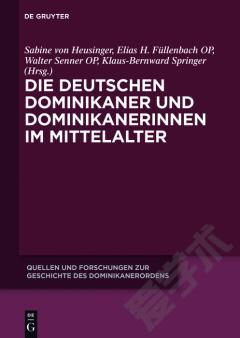Aboriginal Indian Pottery of the Dominican Republic
The Dominican Republic includes the eastern two-thirds of the island known as Santo Domingo or Haiti, the black Republic of Haiti occupying the western third of the island. The Arawak aborigines named the island Haiti or Aiti, a name also applied to a mountainous section of the Province of Higuey. Later, when Columbus cast about for a suitable name, he called the island Española. This name was later corrupted into Hispaniola, a term still in vogue, although geographical practice is to again employ the aboriginal name Haiti when referring to the geographical aspects of the island, but to refer to the island as Santo Domingo in connection with its eastern portion, exclusive of the western third which is occupied by the Haitians. The name Santo Domingo, originally applied to the present capital city of the Dominican Republic, gradually came to signify the countryside as well, although the term is now obsolescent except as the name of the Dominican capital city.The Dominican population in the cities is almost purely Spanish, although the laboring classes show admixture with African strains. Hybridization is more marked in the provinces, particularly in Samana and along the Haitian border. Isolated agricultural communities in the cacao-growing districts of the Vega (great meadow) in the valley of the Yuna River, also in the coffee-growing sections in the uplands of the interior, in the Provinces of Santiago, La Vega, Azua, Espaillat, and Monte Cristi, are descendants from Spanish immigrants, colonists, and soldiers of the royal armies of Spain.
{{comment.content}}








 京公网安备 11010802027623号
京公网安备 11010802027623号